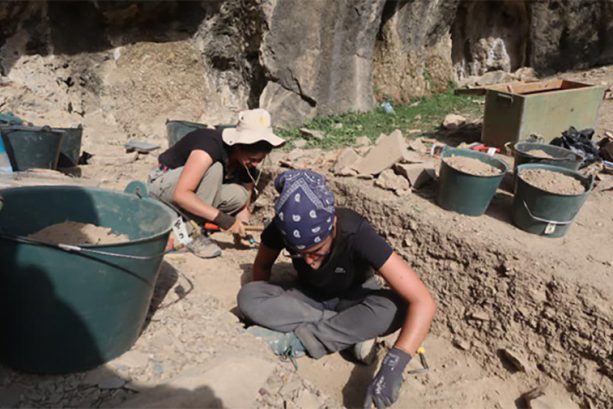
As reported by the Khovar agency, archaeologists from the Hebrew University uncovered the multi-layered Soyi Havzak site in the Zeravshan Valley. This discovery provides invaluable insights into the migration routes and interactions of ancient human populations.
Professor Yossi Seidner, the study’s lead researcher, published her findings in the journal Antiquity. The team unearthed stone tools, animal bones, and ancient plant remains, dating from 20,000 to 150,000 years ago. According to Professor Seidner, the Zeravshan Valley, historically a key section of the Silk Road, played a vital role as a migration corridor for early human groups, including Homo sapiens and Neanderthals, long before its medieval prominence.
Excavations at three zones of the site revealed layers of long-term human activity. Remarkably preserved organic materials, including bones and charred wood, offer a glimpse into the ancient climate and environment. These findings may help identify the specific human species that once inhabited the region and how they interacted.
The discovery adds to our understanding of Central Asia’s importance in early human history, highlighting the Zeravshan Valley as a significant crossroads for migration and cultural exchange over millennia.
The findings were published in Antiquity, a leading academic journal that explores archaeological research worldwide.



